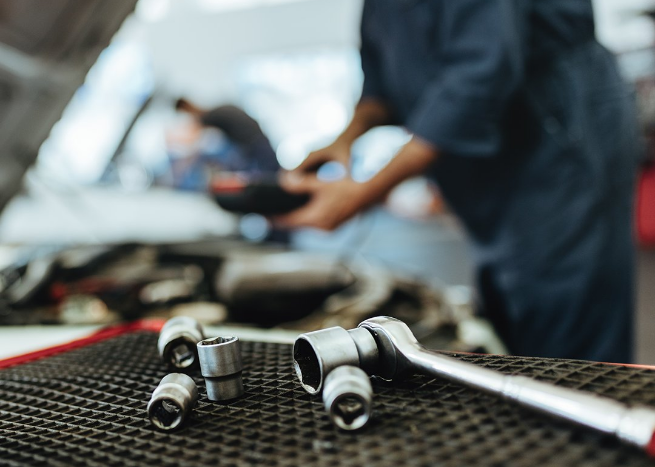- Home
- Solutions

Maintenance
Fleet asset maintenance software is a specialized tool that helps companies manage and maintain the vehicles and equipment in their fleet.

Inspections
fixy is a solution designed to help organizations comply with federal and state regulations for their vehicles and equipment.

Compliance
FleetFixy simplifies compliance management with automated logging of DOT and other regulatory requirements.

Reporting
Gain valuable insights into your operations and make informed decisions to optimize efficiency, reduce costs, and improve overall performance.
- Industry

Aviation
Delivering unparalleled aviation maintenance solutions tailored for corporate jets and helicopters.

Industrial Machine
Harness Fixyee’s comprehensive capabilities for maintaining heavy machinery, plants, and critical systems across all industrial levels.

Trucking
leet asset maintenance software is a specialized tool that helps companies manage and maintain the vehicles and equipment in their fleet.
- Blogs
- Pricing
- Schedule a Demo
- Contact

